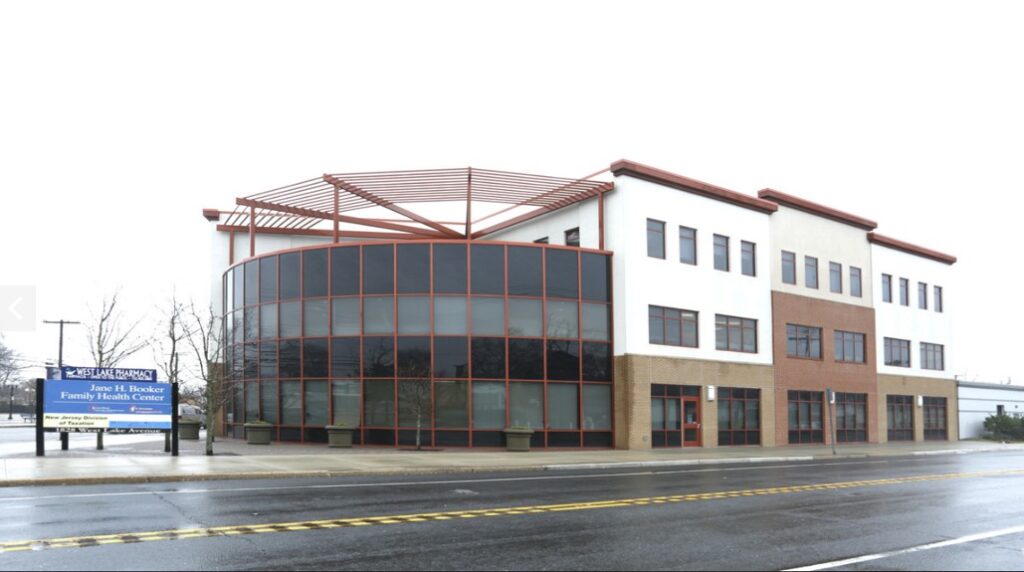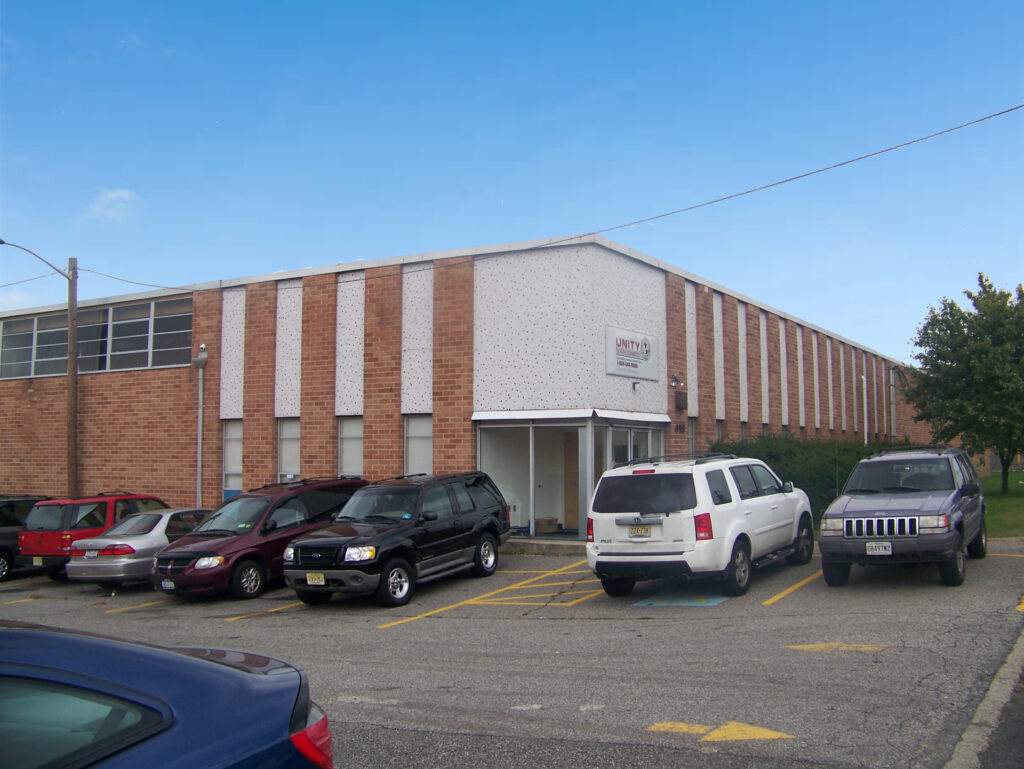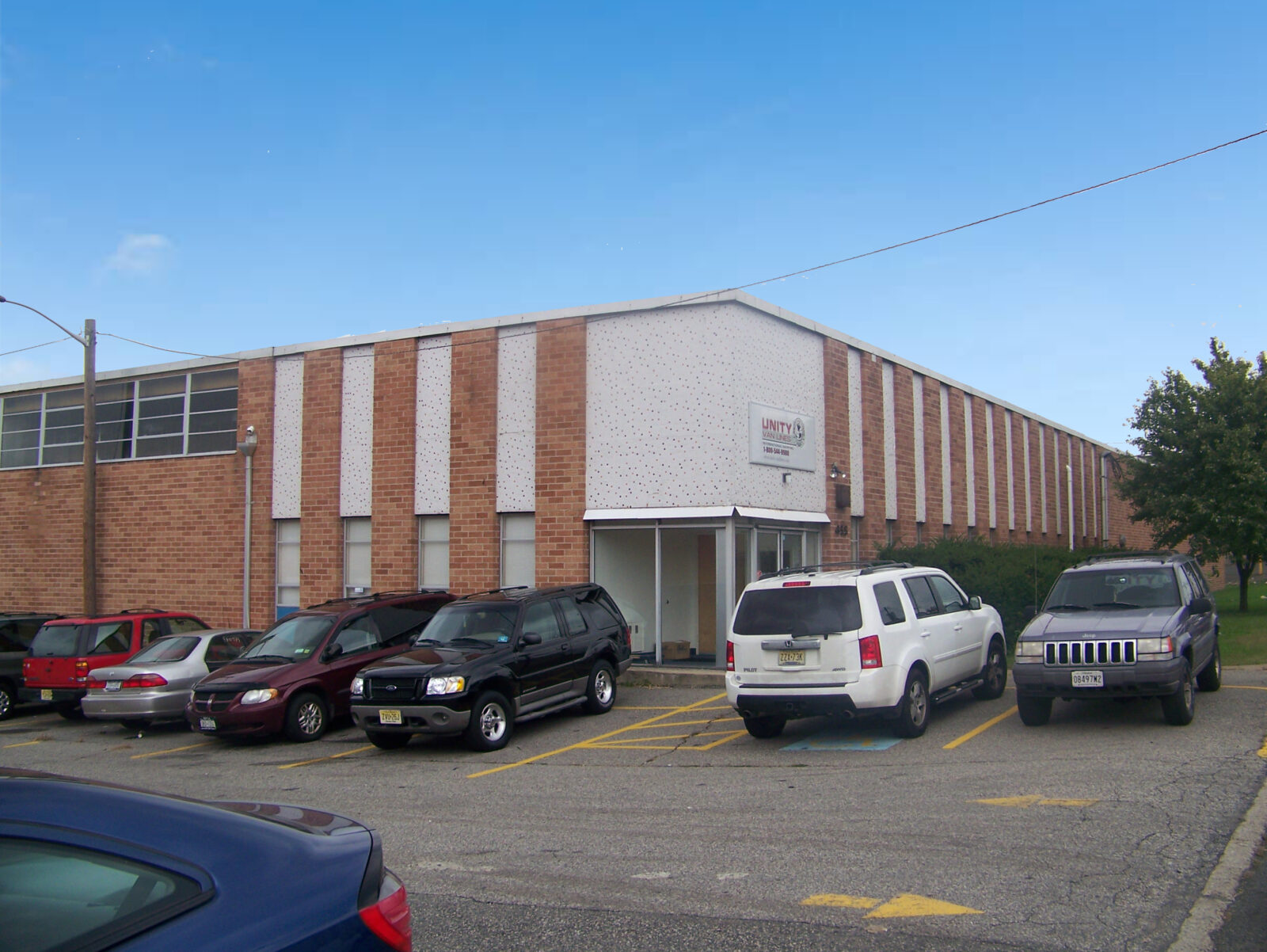By Brianne Hailey Killeen
Meadowlands Magazine Staff Writer
The Covid-19 pandemic is largely in the rearview mirror but the commercial real estate (CRE) market across the U.S. is still reeling as the new normal of how people work, meet, shop and learn play out against challenging logistics and shortages in building and other supplies.
CRE sales are down in the U.S. an estimated 15% in 2022 from record highs the previous year and had the slowest increase in the rate of annual prices since 2011. The silver lining, according to real estate analysts and researchers, is that last year happened to be the second-strongest for CRE sales on record behind 2021.
Supply and demand rule every industry but when it comes to the CRE market, another critical factor tips the scales: location. The adage “location, location, location” is a fundamental truth when it comes to real estate, especially in the commercial lane, and particularly in the Meadowlands region of New Jersey.
Meeting the Needs of a Changing Workforce
The pandemic gave the region’s office building market a haircut, but the sector’s death was greatly exaggerated. Analysts’ research shows that the pandemic’s effect on fundamentals wasn’t as severe as the Global Financial Crisis of 2008 or even other real estate downturns.
Regardless, office space occupancy is at an all-time low, but many employers are trying hard to get their employees back to the physical building this year, either full time or on a hybrid schedule split between the couch and the cubicle. To help pry people out of their living rooms and into their cars, businesses are starting to think differently about their employees’ office destination.
“Post pandemic, companies now need to balance the need to get people back to the office in order to build and maintain corporate culture,” said Frank Recine, Executive Managing Director for Jones Lang LaSalle, a global commercial real estate services company.
He added that getting people back to the physical location can also be helpful when training and introducing new employees. The key is to accommodate people with a flexible, hybrid schedule, he said.
Recine said when it comes to office space, the “flight to quality” continues as businesses become increasingly particular with special requests. Landlords are discovering they will need to add new, unique amenities to their buildings and revitalize aging assets. Companies are asking for food service, space for down time, room for collaboration, lots of natural lighting and plenty of covered parking.
Rising Interest Rates, Cautious Bankers
William C. Hanson, President at NAI James E. Hanson Commercial Real Estate Services Worldwide, said that while the office sector is currently seeing consolidations, the post-covid return to the physical workplace seems to be continuing at a steady clip.
The office sector and the overall CRE market is being tripped up in a major way by high interest rates, Hanson said. The rates can scare off some investors but it’s the banks that are increasingly wary of who they are lending to and why when it comes to commercial real estate. High interest coupled with high inflation have filled bankers with trepidation.
“There is more caution than there has been in many years,” Hanson said, adding, that it’s “likely going to have an impact on the investment and development arenas.”
Jamie Weiss, President of Weiss Realty, a real estate services and investment firm headquartered in Moonachie, said the high interest rates are “impacting asset valuations. Noticeably, the banks are reluctant to lend on office acquisitions.”
This year, however, could be the leveling-off point for the pandemic’s interest rate hikes instituted by the Federal Reserve, according to Bridget Wilcox, Partner at G.S. Wilcox & Co., a commercial agency headquartered in Morristown.
“The consensus seems to be that there will be an increase in activity and buying opportunities in 2023 as interest rates stabilize,” Wilcox said.















